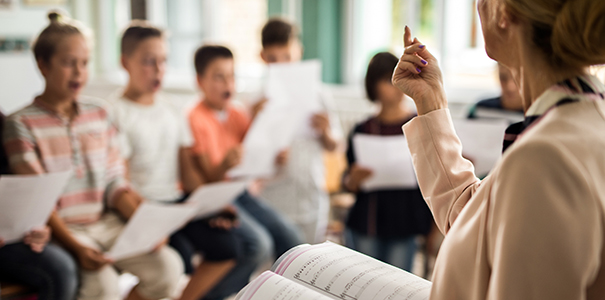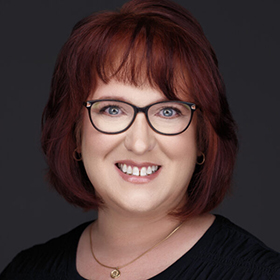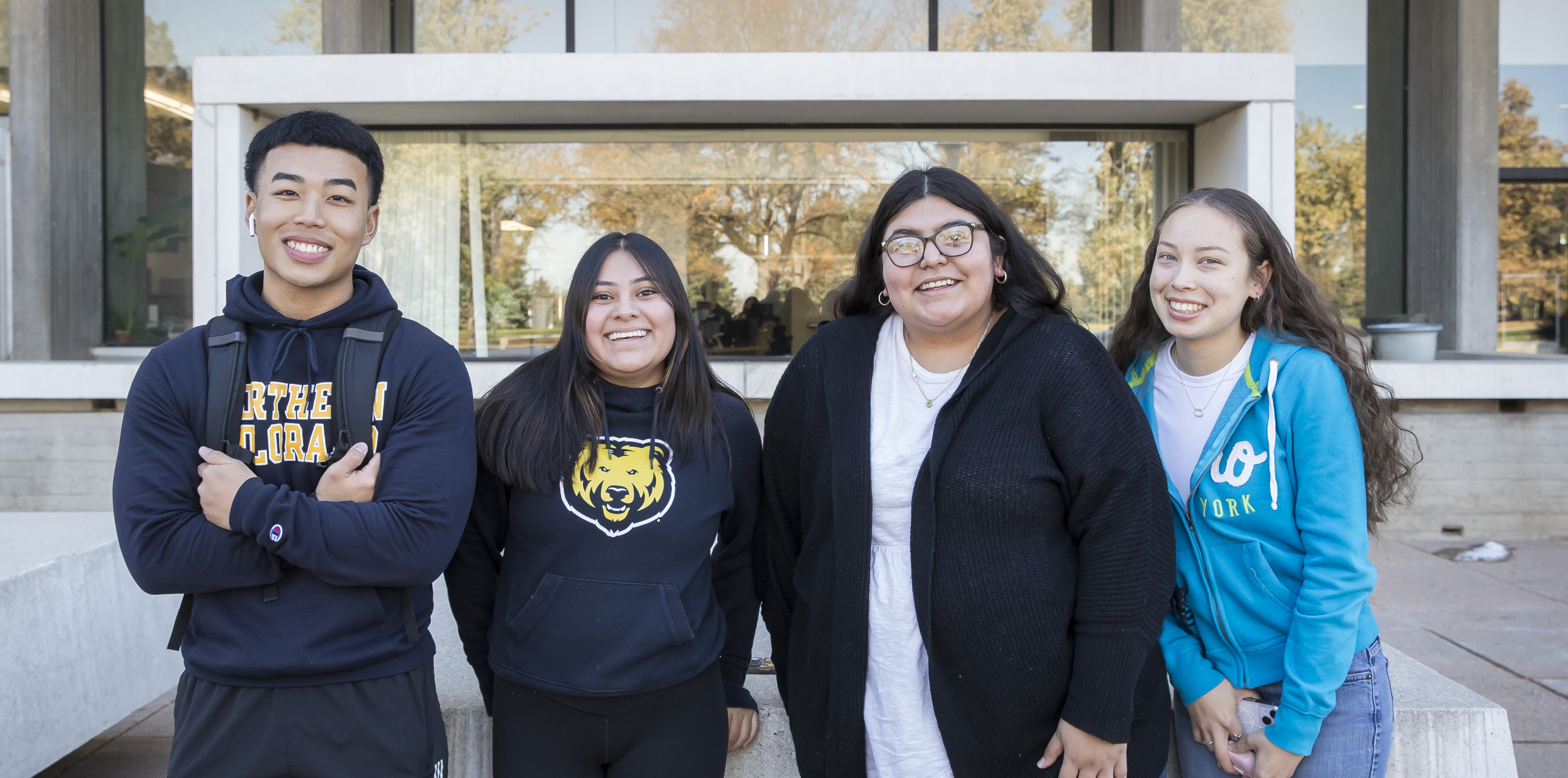
Angie Keedy believes the arts, and their exploration of inner lives, are natural convergence points for Social Emotional Learning (SEL). As she pursues her Doctor of Arts in Music with a concentration in Music Education, the University of Northern Colorado student is also researching SEL.
The Helena, Montana, native lives in Broomfield, Colorado. She’s been a music teacher, assistant principal, principal, school executive director and school founder. But Keedy, whose undergraduate degrees were in music education and flute performance, missed music.

Angela Keedy
“I was ready to make a life change. So I went from being a school principal and executive director in Denver to teaching and taking classes remotely in fall 2020,” Keedy said.
Keedy works as an instrumental music teacher at Jefferson Academy, a Broomfield charter school. She’s also the professional development specialist for the National Association for Music Education (NAFME), overseeing the Connected Arts Network grant, which significantly focuses on SEL.
She described SEL as helping students show empathy and fostering the abilities to develop healthy identities, manage emotions, maintain supportive relationships and make responsible decisions. Her former students who had experienced SEL inspired Keedy’s research. They hadn’t fully engaged with the research-based SEL curriculum because it was separate from the primary curriculum. To learn how to better integrate SEL, Keedy’s research led her to Scott Edgar’s 2017 book, Music Education and Social Emotional Learning: The Heart of Teaching Music. Edgar is the chair of music at Lake Forest College in Illinois.
“I reached out to Scott, and he asked me to be on the National Practices Board for the Center for Arts Education and Social Emotional Learning. We research and disseminate information about how SEL shows up in arts teaching in K-12 classrooms. I was able to write a couple of briefs for them on trauma and measuring SEL,” Keedy said.
Starting in 2021, she attended UNC and taught undergraduate classes in person.
“I help train teachers to be able to layer in that integrated approach. For example, when they’re delivering their lessons, what to look for to determine if their students are being successful at those social emotional skills. And then, what to do if they’re not,” Keedy said.
Her teaching role has been a boon to UNC, said Associate Professor of Music Education Lindsay Fulcher, who works in the College of Performing and Visual Arts.
“Angie started with us at the height of the pandemic, and for us, it was also the height of faculty upheaval, as many departments had faculty members that left. We were figuring out how to teach online. From nearly day one, she taught multiple undergraduate courses, forging connections with undergrads that lasted all the way through to their student teaching,” Fulcher said.
As Keedy’s professor, Fulcher was able to give guidance on her writing and her research approach related to coursework. As for Keedy’s passions for charter schools and SEL, Fulcher noted it’s unusual for students to have two different but equally deep research interests while in grad school. She anticipates the impact on the field to be positive.
“Music teachers often have to navigate being their students’ advocates and allies while avoiding secondary trauma themselves. Angie is helping provide resources so teachers can take care of themselves as well as their students and navigate those social emotional issues appropriately,” she said.
Through NAFME, Keedy works with 19 teachers nationwide, each with a professional learning community of 10 teachers. In fall 2022, she wrote an article published in Teaching Music magazine describing how music educators make a difference in their teaching by using SEL. She wrote that embedding SEL competencies in her classes led to greater student learning, connection and satisfaction — even when times were hard.
“Ultimately, those social and emotional tasks and learning help us understand or access content more deeply. If you wanted to show empathy in music, what are the actual things within that piece of music that make you feel or think about these things?” Keedy asked. “How can we access these to help our audience feel these things too?”
— written by Brenda Gillen
More Stories
-
Governor Polis Reappoints Two to UNC’s Board of Trustees
Este artículo no está en español.
-
State Farm Invests in Career Readiness Initiatives for UNC Students
Este artículo no está en español.
-
Commentary: The Importance of Investing in First-Generation Students
Este artículo no está en español.
-
Supporting First-Generation College Students to Become Next-Generation Leaders
Este artículo no está en español.




